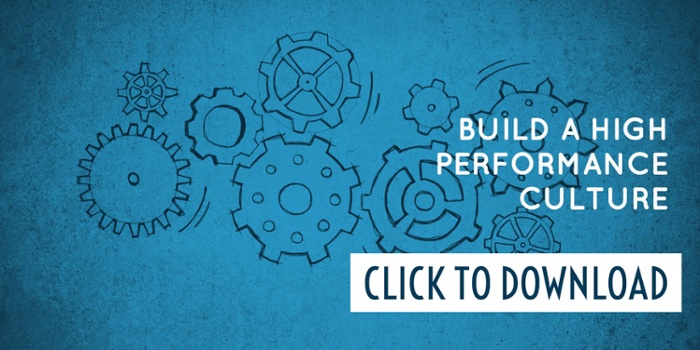"There are only 2 mindsets that can infiltrate an organization, control or learning..." -Peter Senge
The concept of a learning organization has been in the literature since at least the mid-1990's. Yet many organizations today continue to be stuck in incremental learning.
We often view learning as an intellectual activity only and get disappointed when nothing changes. True learning is the ability to take a new action than we were able to before.
Many people who have been in the same position for many years apply similar distinctions and similar actions day after day. When something doesn't work, they may tweak the way they work and make small improvements, but they do not fundamentally alter the way they work or interact.
Why should they? It's worked this long, why mess with it? We call these tweaks or adjustments "incremental learning" - they may result in minor improvements or efficiencies, without making any substantial change to what gets done or how.
Incremental learning is fine when your goal is to make improvements in the efficiencies of your processes, without fundamentally changing what you do or how you do it. This can have significant value and generally involves low risk and a high degree of certainty.
The limitation with incremental learning is that it operates within the mindset of what has worked in the past. It is based on a belief that, for the most part, the possibilities you perceive are the possibilities that are worth paying attention to, that there is little or nothing that you are blind to that could have significant value.
"Learning and innovation go hand in hand. The arrogance of success is to think what you did yesterday will be sufficient for tomorrow"
-Willam Pollard
Behind every action we take is a set of beliefs. For most of us, most of the time, these beliefs are invisible - we aren't aware of them, they operate behind the scenes of our awareness, and they profoundly shape the actions we choose to take. Our beliefs have so much power because they act as filters on what we see as possible.
For example, if a person believes that they have no choices but to stay in the job they have - that it would be impossible for them to change their job - then for that person, no possibilities emerge, because they are unable to see new information that may lead to a different set of actions available to them.
Breakthrough Learning
Stepping out of our belief systems to see- and take - new actions is unnerving at best. We don't know what the outcomes will be and there is can be perceived high risk - often the first few times we try new actions we fail.
On the other hand, it is the only way to quickly and consistently discover new opportunities and adapt to changing circumstances. Stepping out of our belief systems requires, first, that we can see them - that we become aware of what we believe is possible or not, and perceive the ways those beliefs shape our actions. We call this "breakthrough learning".

With breakthrough learning, new possibilities appear that weren't previously on the map, and new actions can be taken that break old patterns and reveal new opportunities.
Breakthrough learning requires a high degree of self awareness about our beliefs and the assessments we hold. It requires paying attention to the internal conversations that drive our behavior - whether we know it or not.
Breakthrough learning is challenging - particularly as adults. We all have fears that get in the way of being open to new ways of seeing the world. The opportunity is to recognize, acknowledge and step outside of those fears to breakthrough.


